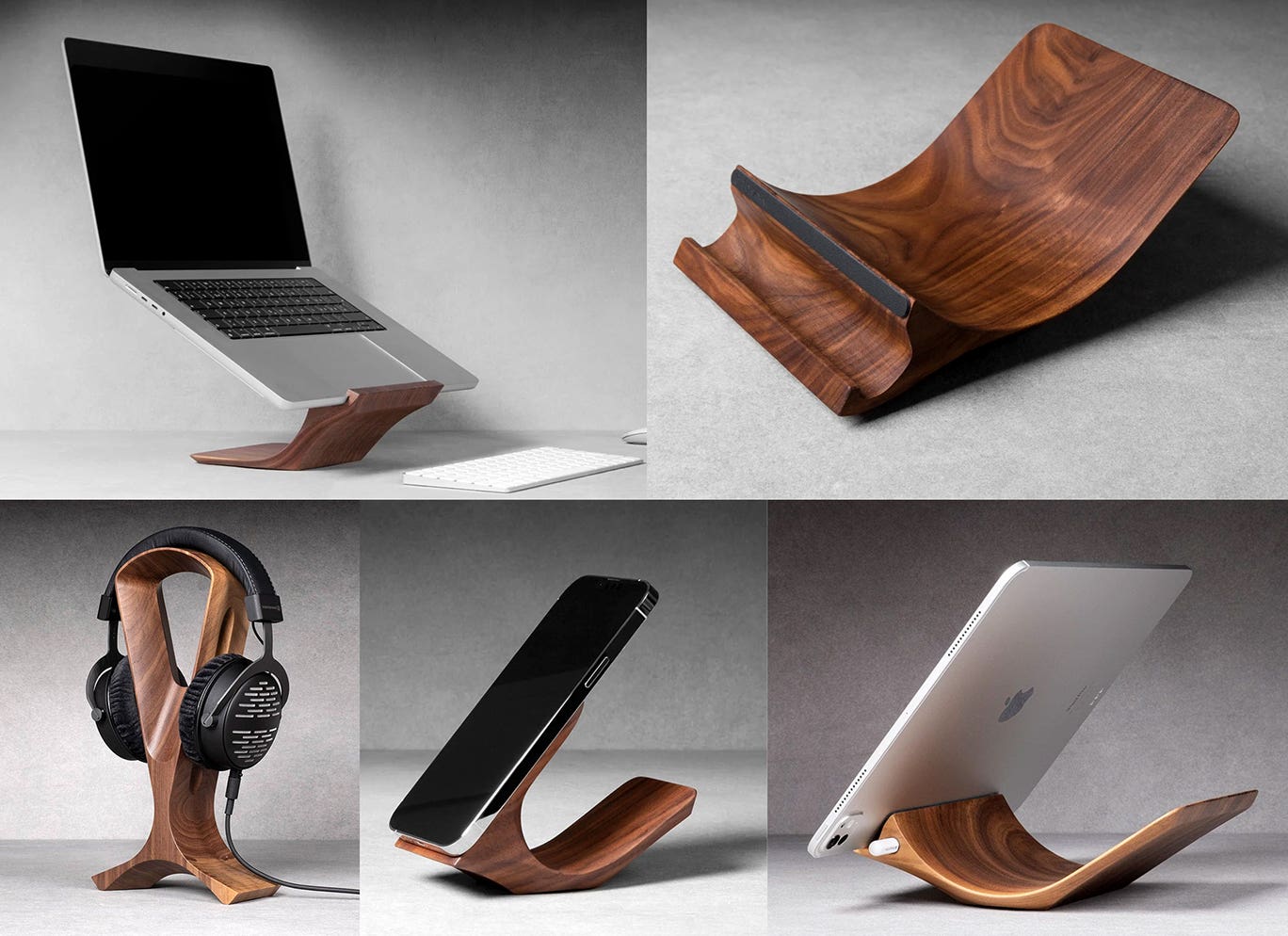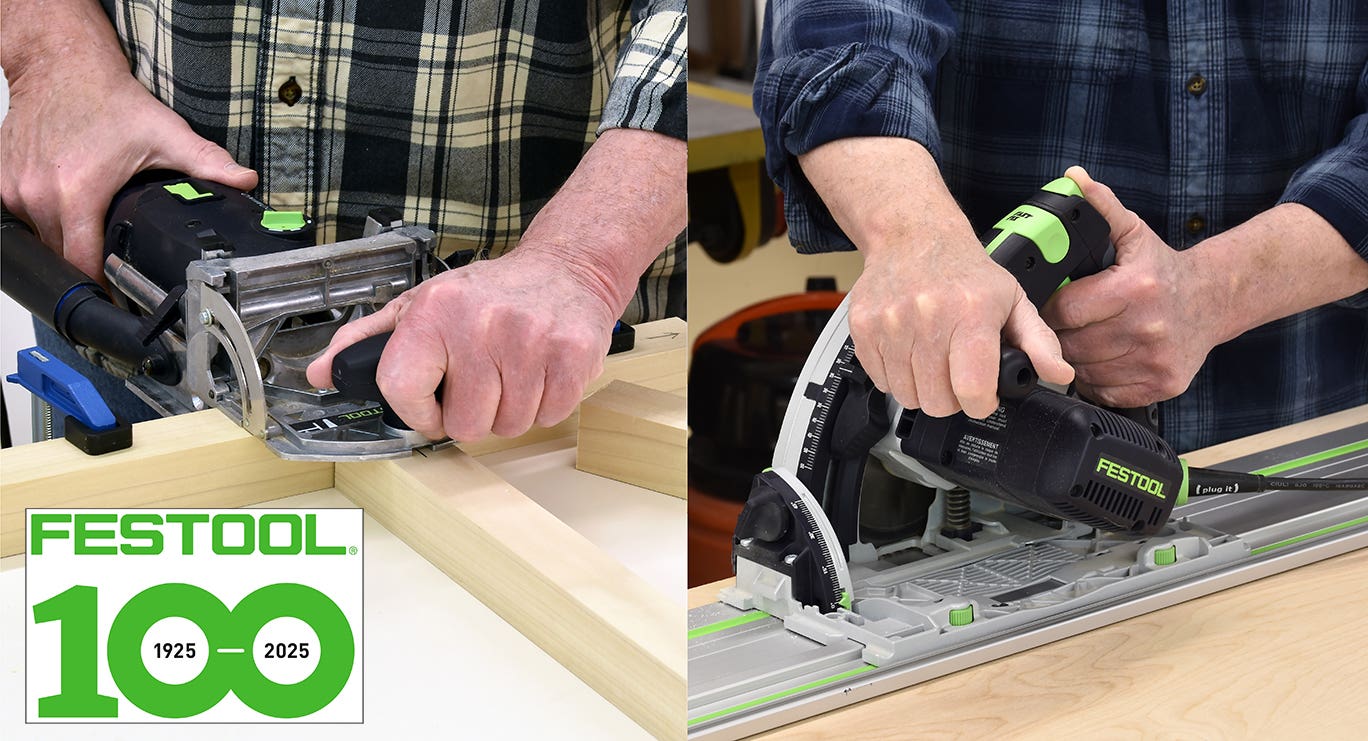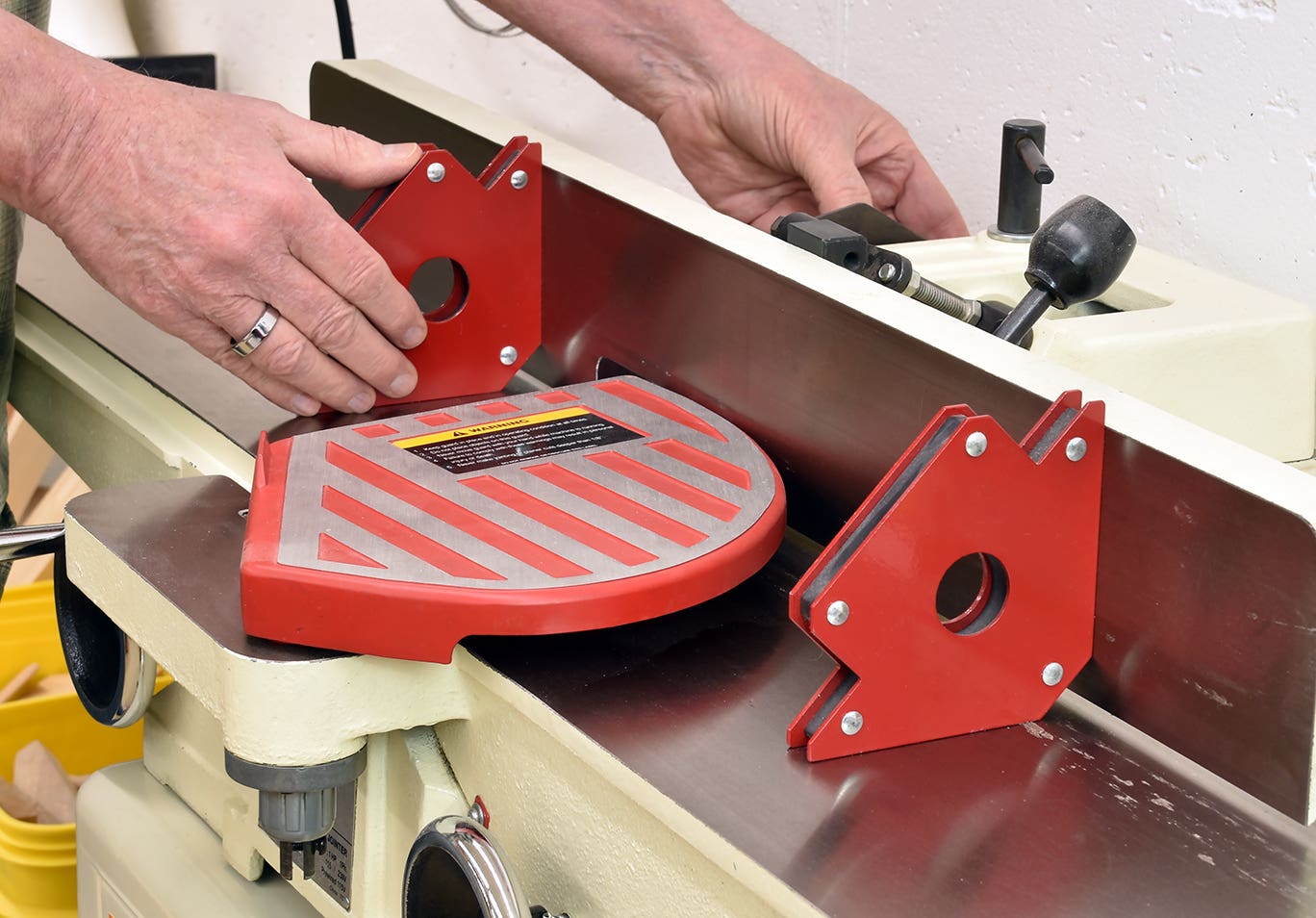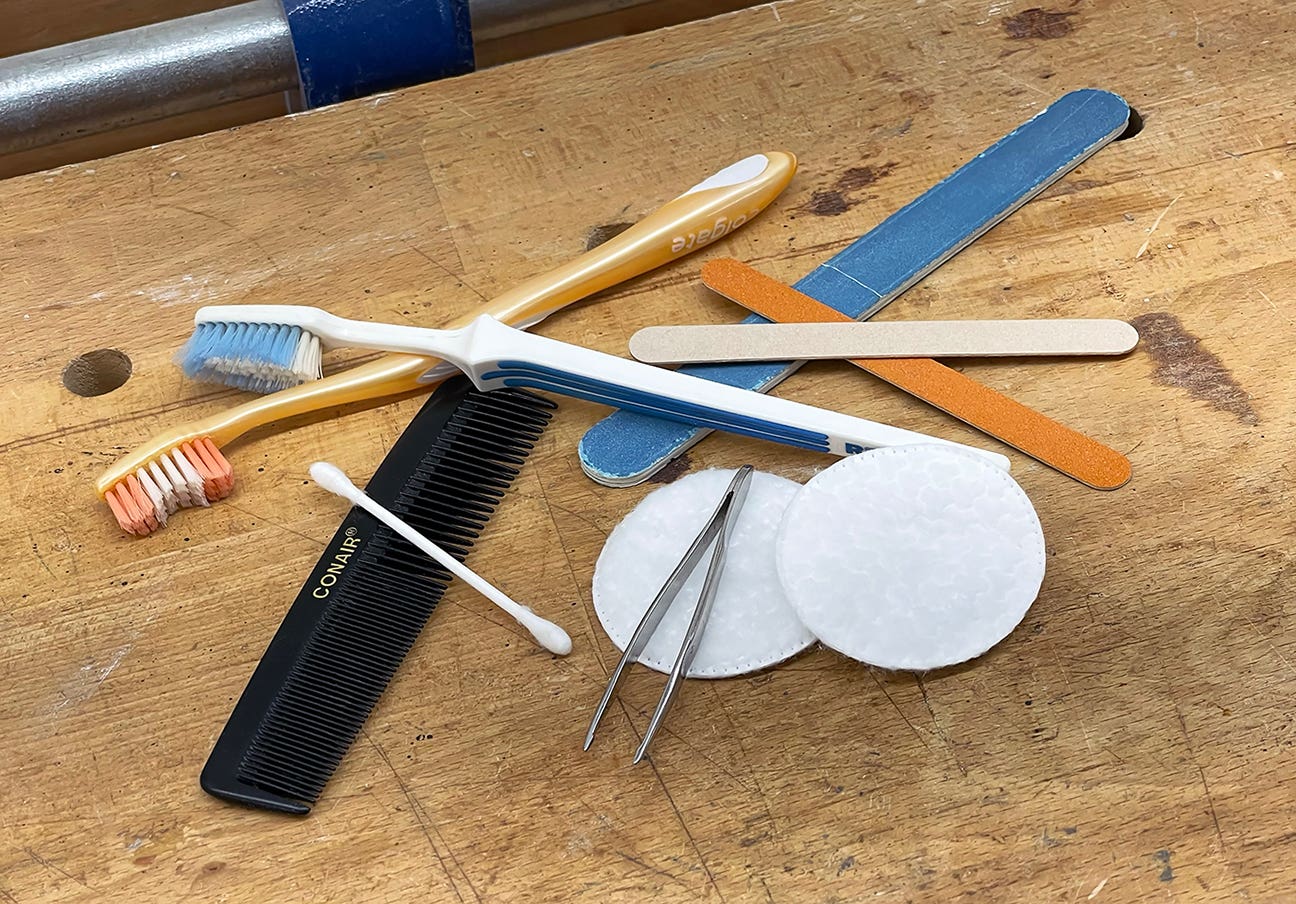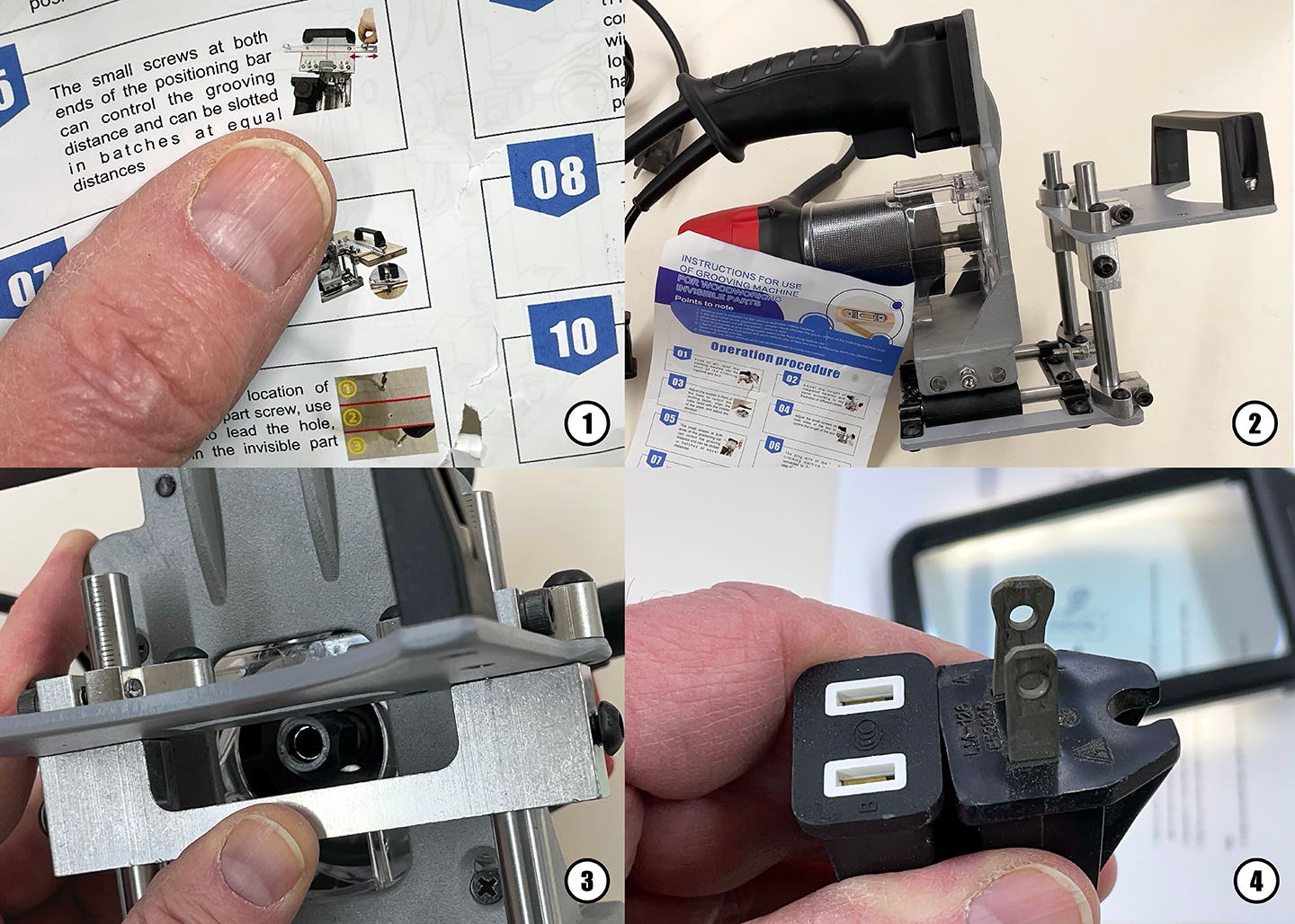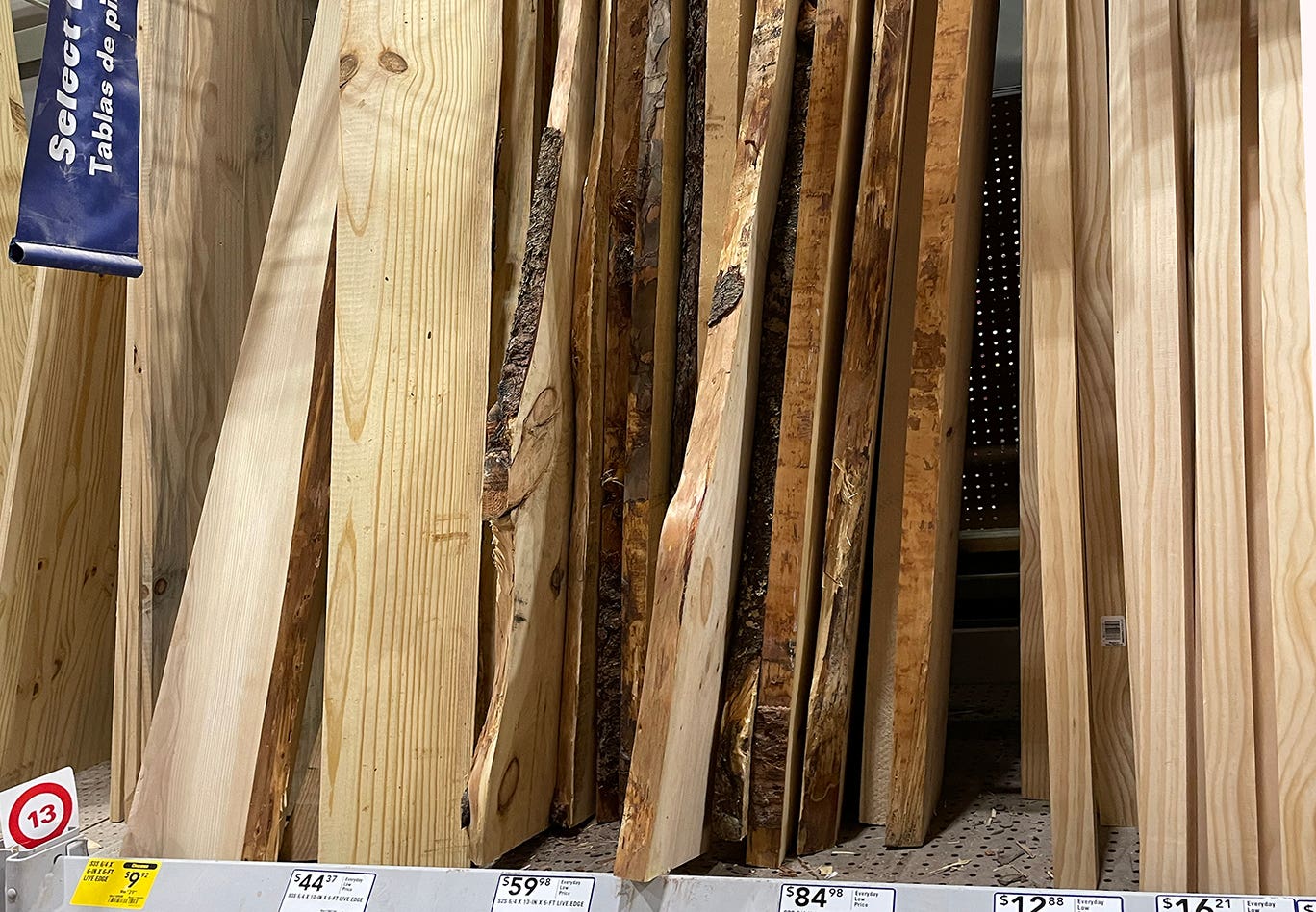The heat is on: charring can be a cool finish
When my oldest son was in the 11th grade he took a short shop course as part of an agricultural program. A beginning project was to construct a magazine rack…
When my oldest son was in the 11th grade he took a short shop course as part of an agricultural program. A beginning project was to construct a magazine rack out of white pine. The finish was accomplished by scorching the wood with a propane torch to create a warm amber tone and darker toasted pattern. It might have been topcoated with a polyurethane varnish. I suspect that the teacher had the students finish this way to save time and money on materials and make it fun.
Years later, I had customers in Texas who used a similar technique on other woods. They were striving for an even char and a rustic appearance. The charred wood was wire-brushed to remove some of the softer or more burned portions (cellulose) and leaving the harder and less consumed parts (lignin) that altered the texture as well as the color of the wood. Other coloring processes such as stains, glazes and crackle lacquer were often used in conjunction with the charring to give a more complex look.
Making a comeback
I’m seeing new furniture, especially occasional tables, stools, benches and dining tables, similarly treated. The look ranges from a subtle toasting to a more drastic charring, often with chunks of the char scraped or pulled away.
There are a number of terms for variations of the processes used to treat wood with heat. One of the more interesting versions is called shou-sugi-ban or yakisugi.
One history of these techniques, beginning in Japan as a result of wood shortages and a desire for a durable and decorative finish or surface treatment, describes charring of cedar wood to simulate age and wear. Sugi is the name for Japan’s national tree, Japanese cedar (Cryptomeria japonica). Charred cedar has been in use in Japan since the 1700s and possibly earlier. The techniques have recently been revived in Japan, attracting attention from architects and designers worldwide.
The process changes many of the wood’s characteristics. The surface color begins to change after heat is applied for only a short time. And as the moisture is driven off, the wood cells begin to shrink. Cellulose at the surface of the wood is softer and easier to ignite at lower temperatures and vaporizes and burns before the harder, less reactive lignin is greatly affected. This usually heightens the contrast between the two.
Insects and other life forms that feed on wood don’t care for the charred technique. The char makes it difficult for them to get to the nutrients available in the untreated wood and I can only imagine it doesn’t taste that great. This feature is especially important in outdoor uses, such as shingles, siding, decking and fences. Claims of charred woods lasting 80 years without coatings are common.
Fire resistance is hard to quantify. It could refer to a length of time that a substance can experience a particular temperature, under certain conditions, without igniting or continuing to support combustion. The char and ash on the surface serve as a thermal insulator, helping to prevent the lignin from reaching the temperature necessary for ignition. This char layer also acts to keep oxygen from the combustible wood below.
Feel the burn
A traditional method for producing shou sugi ban, suitable for shingles, fencing, flooring or wall panels, is to bind three Japanese cedar boards – preferably of equal length, thickness and width – with wire to form a long triangle. Start a fire at the base. Flames will rise through the chimney created by the triangle and char the boards. This is best done outside in a wind-protected area. Douse burning boards with water to control the amount of char.
After letting the boards dry completely, brush off excess char with a stiff bristle brush. A clear coating, either a film finish such as varnish or a penetrating oil finish, can be applied. Uncoated char will transfer color to hands or clothing.
The goal is to char the top 1/8th of each board. Deeper charring could cause severe checking and cracking, especially with the grain.
An alternative is to use a butane burner or electric heat gun. Be careful if you’re charring structural components as the heat might degrade physical characteristics such as load-bearing capacity.
With its recent rise in popularity, charring is well worth adding to your repertoire.
Greg Williams, formerly senior touchup and finishing instructor for Mohawk Finishing Products, is now a freelance instructor and consultant.
This article originally appeared in the June 2017 issue.


